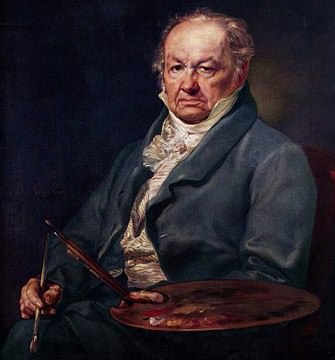
I would like to start by explaining where my inspiration for this project comes from.
But first, the reason I have decided to write this blog in English is because I have a lot of friends and fellow artists in other countries. Therefore, English is the best way to reach out to them. In addition, I am curious about their opinions and perspectives on the information I am going to share here. For all the Dutchies out here, bear with me and please feel free to leave comments in Dutch.
Ok let´s dive right into it. In order to understand where my idea for this project came from I will have to take you back a couple of years; to the year 2013 to be exact, when I was studying in Spain (I was doing an exchange program on the university of Cuenca).
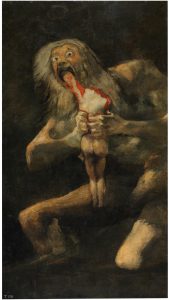
During my time in Spain I had the chance to see many of the works of Francisco Goya (1746-1828) whom by far has been the most influential artist on my own work. He was a master painter and printmaker best known for his black paintings and his aquatint series ´the disasters of war´ which were not published or exhibited during his lifetime.
When I look at all the works Goya has made I see two distinct facets. For he became the first court painter of the court of Charles III and later Charles IV, the king of Spain. His oeuvre includes a lot of portraits and paintings commissioned by people from the royal court. It is intriguing to see that he managed to put his personal criticism and understanding of the power structure in some of the commissioned works he has made. In fact his portraits are notable for their disinclination to flatter; his Charles IV of Spain and his family is an especially brutal assessment of a royal family.
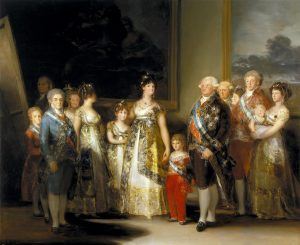
“Modern interpreters view the portrait as satirical; it is thought to reveal the corruption behind the rule of Charles IV. Under his reign his wife Louisa was thought to have had the real power, and thus Goya placed her at the centre of the group portrait. From the back left of the painting one can see the artist himself looking out at the viewer, and the painting behind the family depicts Lot and his daughters, thus once again echoing the underlying message of corruption and decay. “
On the other hand you have the socially engaged and critical works he made by his own volition.
Most of these works were made in private due to the oppressive political climate and the inquisition. Free and critical thinking was not appreciated and dangerous at the time. Below you can find a short description of the major printmaking series Goya has made. I am going to focus on his printmaking series because through these series the inspiration for my own project came to life.
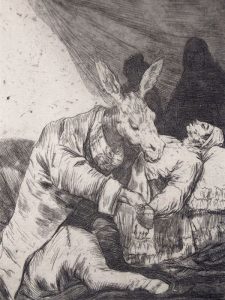
His first major etching series was Los Caprichos (The caprices; 80works published in 1799 that were soon taken from the market because he was threatened by the inquisition). The series is described in his own words as “the innumerable foibles and follies to be found in any civilized society, and from the common prejudices and deceitful practices which custom, ignorance orself-interest have made usual”.
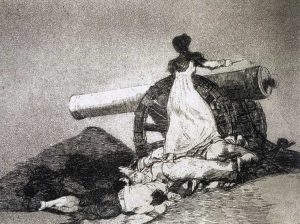
Los desastres de la Guerra (The disasters of war; 82 works created between 1810 and 1820).
Goya did not make his intention known when creating the plates, but arthistorians view them as a visual protest against the war between Spain and France. I would say the title of the series is descriptive enough.
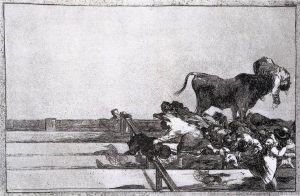
La tauromaquia (Bullfighting; 33works published in 1816)
This series was made during a break from his famous series, los caprichos and los desastres de la guerra which were about subjects which were too sensitive for the times. Goya was always charmed by bullfighting, a theme that obviously inspired him, since it was the subject of many of his works.

Los disparates (The follies; 22works made between 1815 and 1823)
The last major series of prints by Goya which the artist created during the last years of his life. The scenes of los Disparates, which are difficult to explain, include dark and dream-likescenes that scholars have related to political issues, and traditional proverbs.
Most of you know of the Prado and their amazing art collection (Including all of Goya´s black paintings!) I have spend many afternoons strolling through this museum (It was never possible for me to absorb all the artworks shown in the museum in just one day I had to visit multiple times because there is just so much to see.)
More important was my discovery of the museum Real academia de bellas artes de San Fernando, which used to be an art academy before it became the museum it is today. In this museum I encountered a lot of the etching plates made by Goya! Can you imagine my joy as a starting artist and printmaker to discover such a treasure! It also houses my favourite painting made by him: El entierro de la sardine (the burial of the sardine). I spend so much time in this museum studying the etching plates and this specific painting,that the people who worked there started to recognise me, although they always failed to pronounce my name correctly.
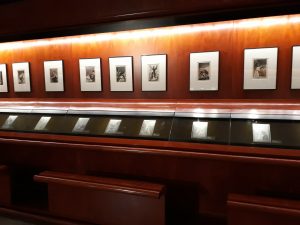
Getting back to the ways Goya´s works have inspired my own project.
Most of the works in the four major etching series are about human behaviour, he reflects on the nature of mankind and is socially and politically critical for his time. You have to understand Goya took a risk in making these works which I find very commendable (After all he was under suspicion by the inquisition after publishing his los caprichos series).
The first time I saw the disasters of war series I was mesmerized by the technical skill, the raw emotion and the subject matter of the works. As a result I decided that I wanted to create something as powerful myself one day. A series of works about life in all its ugliness and beauty.
Goya was an excellent printmaker, draughtsman and painter. He was a commentator and chronicler of his era in which he showed life with a dramatic vitality not seen before. He had a knack to perceive what people believed in and how they acted upon their beliefs. I love the sincerity in the way he depicts people and animals and how he correlates different aspects in his work. In addition his line work is complicated but not too complicated to become an obstruction. Moreover his portrayal of emotion is outstanding.
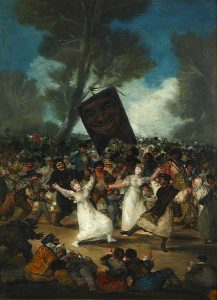
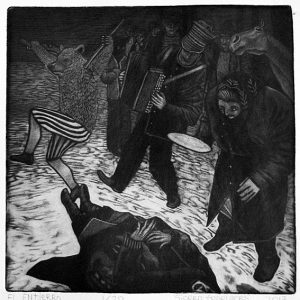
Because I use people, animals and objects in my own work to tell a story about human emotion or behaviour, I found a direct connection between my own personal interest and work and the works created by Goya. In my opinion it is good to have an artist you look up to and it has been a joy to learn from his works. I have to give credit when credit is due and Goya inspired me to stay critical and sincere in the works I make and his works are an inspiration till this day.
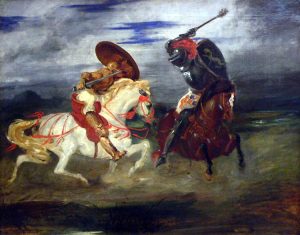
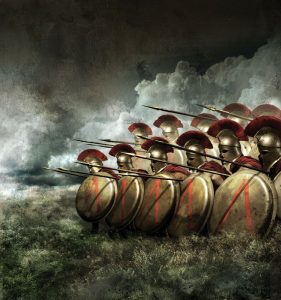
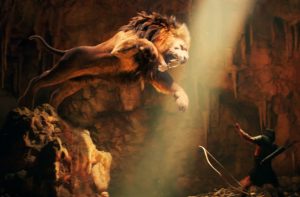

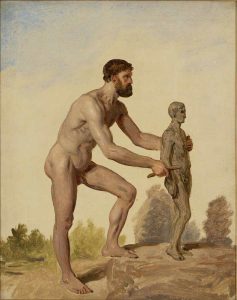
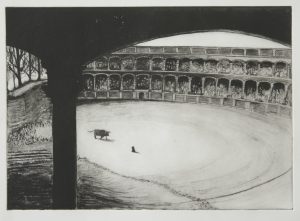
1 thought on “Francisco José de Goya y Lucientes”
Hi there, I found your blog via Google while searching for a related topic, your web site came up, it looks great. I have bookmarked it in my google bookmarks.